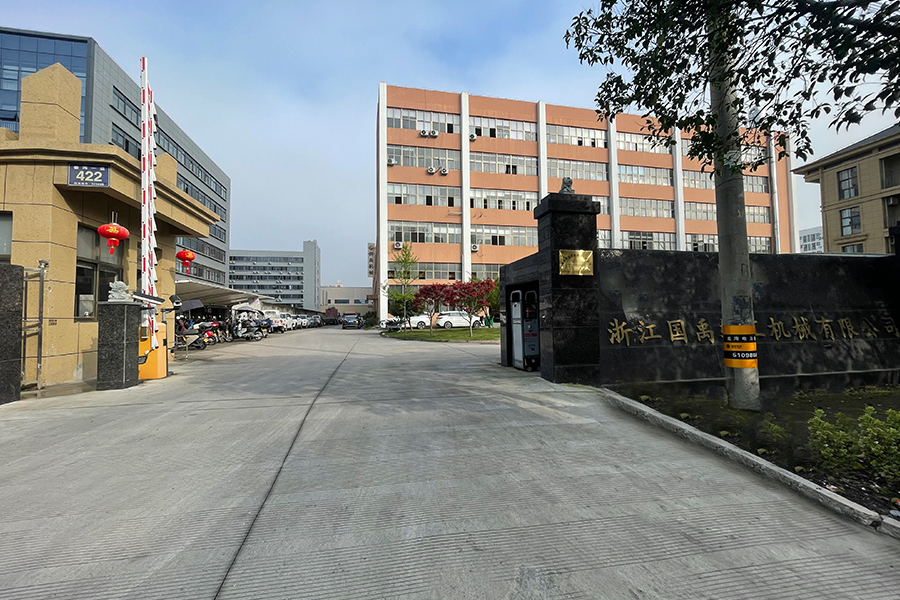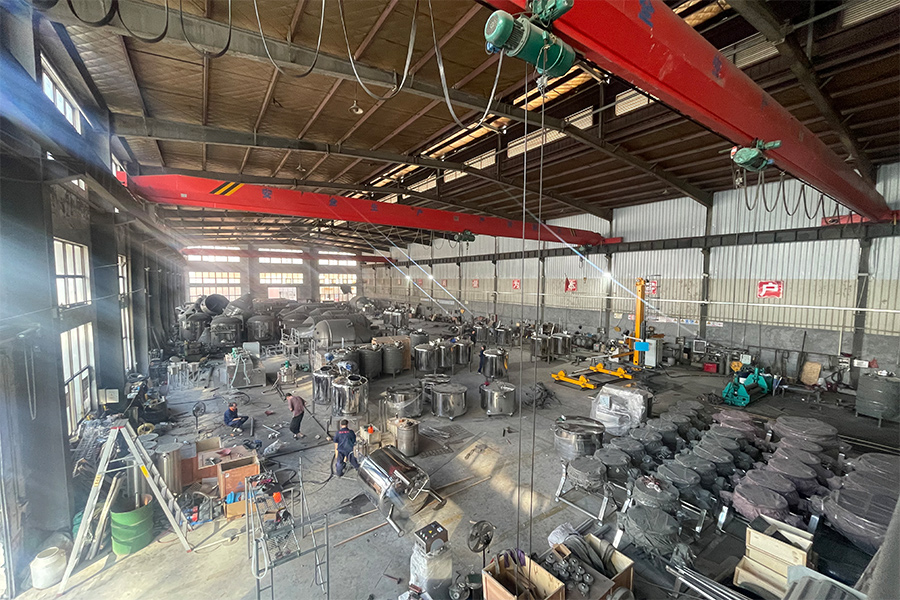-
 [email protected]
[email protected]
-
 +86-13706666922
+86-13706666922

A chemical water processing transport storage tank is a specialized container designed to handle, store, and transport water mixed with chemical substances. These tanks are widely used in industries such as water treatment, chemical processing, agriculture, oil and gas, and environmental management. Their design allows for the safe containment of both neutral and reactive chemical solutions used in cleaning, filtration, treatment, or industrial applications.
Chemical water processing tanks are typically made from materials that provide strong resistance to corrosion and chemical degradation. Common materials include:
High-density polyethylene (HDPE): Known for its resistance to many acids, bases, and salts.
Polypropylene (PP): Suitable for higher temperature environments and moderately aggressive chemicals.
Fiberglass-reinforced plastic (FRP): Offers strength and resistance to weather, UV, and a wide range of chemicals.
Stainless steel (304 or 316): Used when temperature resistance and hygienic surfaces are required.
The choice of material depends on the chemical composition of the water being stored or transported, as well as environmental conditions such as exposure to sunlight or temperature fluctuations.
Chemical water processing transport storage tanks serve several essential functions:
Storage: Tanks can hold raw water, treated water, or chemical solutions for extended periods without degrading or leaking.
Processing: Some tanks are equipped with internal mixers, baffles, or dosing systems that allow for the controlled treatment of water by blending chemicals.
Transport: These tanks are often mobile or mounted on trailers, trucks, or skids to enable the safe transfer of liquids between facilities or to remote sites.
Containment and Safety: Designed to small leakage, evaporation, or accidental discharge, many tanks include secondary containment systems and venting mechanisms.
To meet industrial demands, chemical water processing transport storage tanks may include:
Manways and access ports for inspection and maintenance.
Level indicators for monitoring fluid volume.
Pressure relief valves to protect the tank from over-pressurization.
Drainage and discharge valves for controlled release.
Mixers or agitators for maintaining homogeneity of chemical solutions.
UV protection coatings for tanks used in outdoor environments.
Some tanks are designed for vertical installation, while others are horizontal, depending on the space available and the required capacity. Capacities can range from small portable units to large-scale industrial containers holding tens of thousands of liters.
These tanks are used in a wide range of industries and applications:
Municipal water treatment: For storing and dosing disinfectants, coagulants, or pH adjusters.
Industrial wastewater treatment: Holding chemical additives for neutralization or precipitation processes.
Agriculture: Transporting and storing fertilizer solutions or pesticides in water for spraying operations.
Oil and gas: Storing water used in drilling, fracking, or chemical flushing operations.
Mining: Transporting water used for dust suppression or chemical extraction.
Their versatility allows them to be integrated into both temporary and permanent operations.
Using chemical water processing transport storage tanks offers several advantages:
Mobility: Tanks can be relocated as needed, especially important in construction or remote projects.
Chemical compatibility: Made from materials chosen for specific chemical resistance.
Efficiency: Supports in-line mixing or dosing for continuous water treatment processes.
Environmental protection: Helps prevent spills and contamination through secure design and optional containment systems.
A chemical water processing transport storage tank is a critical piece of equipment for handling water-based chemical solutions safely and efficiently. From storing treatment chemicals to transporting them across facilities or sites, these tanks offer durable, adaptable solutions







